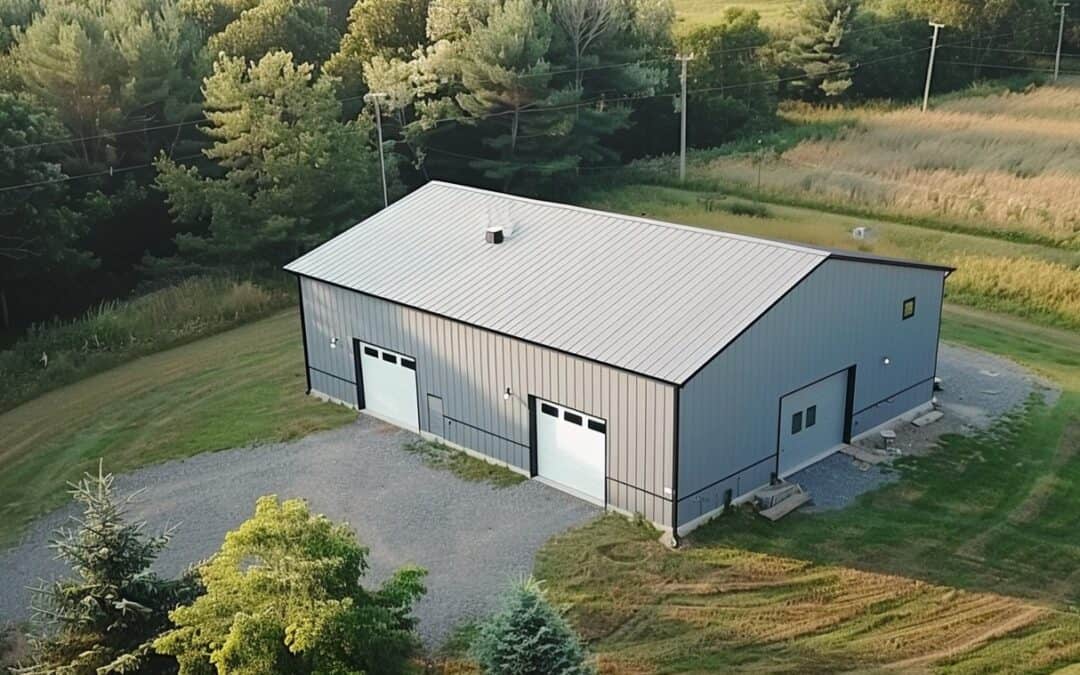St. Thomas Line Project Prioritizes Environmental and Residential Conservation with Route 3
Concerns of environmental preservation and property rights continue to crop up with all significant construction projects. The energy marketer and distributor, Hydro One, found itself faced with similar challenges as it embarked on its St. Thomas Line project. Luckily, there may be an excellent resolution to all the concerns, with the selection of Route 3.
Hydro One Chooses Route 3 For St. Thomas Line Project
After scrutinizing several potential infringing factors, Hydro One earmarked Route 3 as the most favorable option for their St. Thomas Line project. This has largely been attributed to its minimal impact on environmentally sensitive areas, at-risk species, and residential properties compared to other options under consideration.
Data-based analysis was key in the evaluation process, allowing the company to choose the route that not only suits the project objectives but also respects surrounding communities and the environment. Given the sensitivity attached to the project area, this careful deliberation was inevitable and highly necessary.
The Benefit For Land Owners and the Environment
Before the selection of Route 3, multiple concerns had been raised by environmentalists and landowners. As a result, this decision brings significant relief to both parties.
Under this route, Hydro One will use the least amount of land, minimizing the potential displacement of residents and disruption of properties along the project line. Furthermore, Hydro One has ensured that this route will have the least impact on endangered species and environmentally sensitive areas, reinforcing the company’s commitment to environmental conservation.
Implications for the World of Construction and Real Estate
This move by Hydro One underscores an important shift in construction approaches. Organizations in this sector are now tasked with not only completing viable projects, but these must also be carried out in environmentally-friendly and community-respecting ways – a trend that may well prove transformational in the world of construction and real estate development.
[Ontario’s Steel Building Innovations] are just an example of how the industry is evolving to meet these modern demands, putting a premium on sustainable designs that harmoniously coexist with nature and stakeholders.
Conclusion
The decision by Hydro One reflects a growing trend in the construction and real estate sector. More than ever before, these industries are showing a willing commitment to balance critical infrastructural projects with preserving the environment and respecting property rights.
These deliberate efforts towards environmental conservation and respect for property rights make the difference between just another construction project and sustainable development that has everyone’s interest at heart. As more companies adopt this approach, we’re sure to see a future where growth and conservation go hand in hand.
We hope this has provided some insight into Hydro One’s latest move and its implications for the wider sector. We welcome any comments, experiences, or questions you might have about the topic. Feel free to engage with us in the section below.
To get the full details about Hydro One’s decision, you can check the original news source here.



